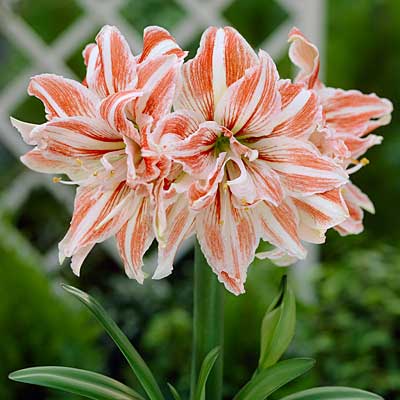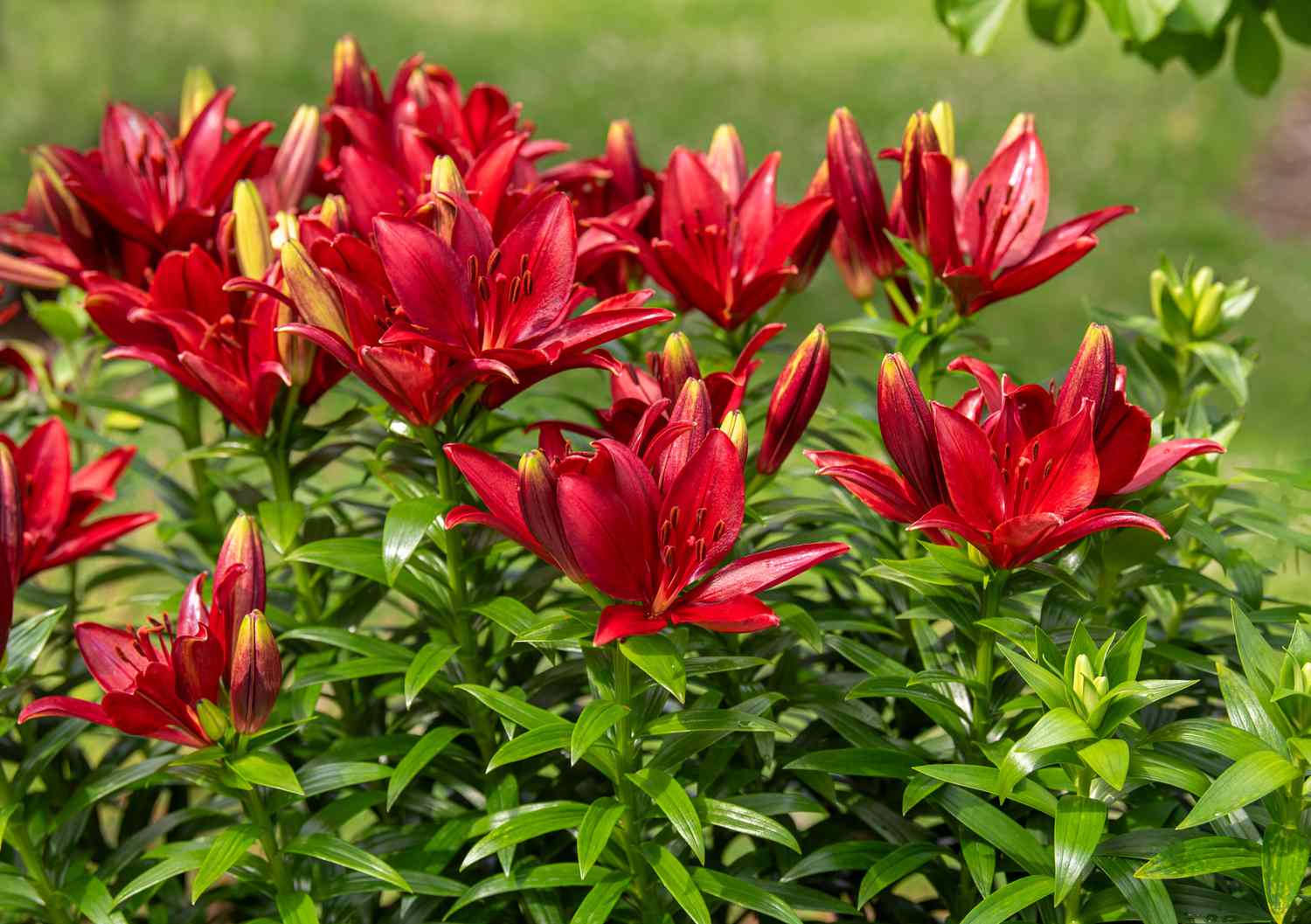Description
Growing Rajnigandha Bulbs is an easy task, it is an easy-care flower which does not require special expertise to grow it as house flower plant. The tuberose is a night-blooming plant.
Polianthes tuberosa, the tuberose, is a perennial plant related to the agaves, extracts of which are used as a note in perfumery. Polianthes Tuberosa (Rajnigandha), the tuberose is a perennial flowering plant (A perennial plant is a plant that lives for more than two years).
It grows in elongated spikes up to 18 inches long that produce clusters of fragrant waxy white flowers that bloom from the bottom towards the top of the spike. It has long, bright green leaves clustered at the base of the plant and smaller, clasping leaves along the stem.
Planting And Care
- Protect from winter wet
- Mulch the potting mix with organic material
- Water a plant when the soil feels dry to touch
- Water thoroughly in the summer and reduce watering for the winter & rainy season
- Try to water the plants in the morning around 8-10am
- You should remove dead, infected or damaged plant parts and throw in the garbage collector
- You should fertilize a plant mostly in the spring and monsoon season, flower bud stage
Rajnigandha Care
- Sowing season of rajanigandha bulbs in the monsoon or early winter season
- Dig a hole and sow the bulb up to 5 cm deep
- Set the bulb in the hole, pointy end up, then cover with soil and press firmly
- Space bulbs 4 to 6 inches apart
- Water thoroughly after planting
- Use the potting mix for bulb plantation asGarden soil + Compost + Perlite + Sand (2:2:1:1)Soil + Cocopeat + vermicompost (2:1:2)
| Sunlight | Full Sun to Partial sun |
| Watering | Moderately |
| Soil | Well-drained loam soil |
| Temperature | 21 to 30 degrees C |
| Fertilizer | Apply any organic fertilizer. |
Rajnigandha Special Feature
Fragrant Flowers
Rajnigandha Uses
Ornamental Use:
- The plant is used for an ornamental purpose
- They are excellent in the garden or in pots








Reviews
There are no reviews yet.